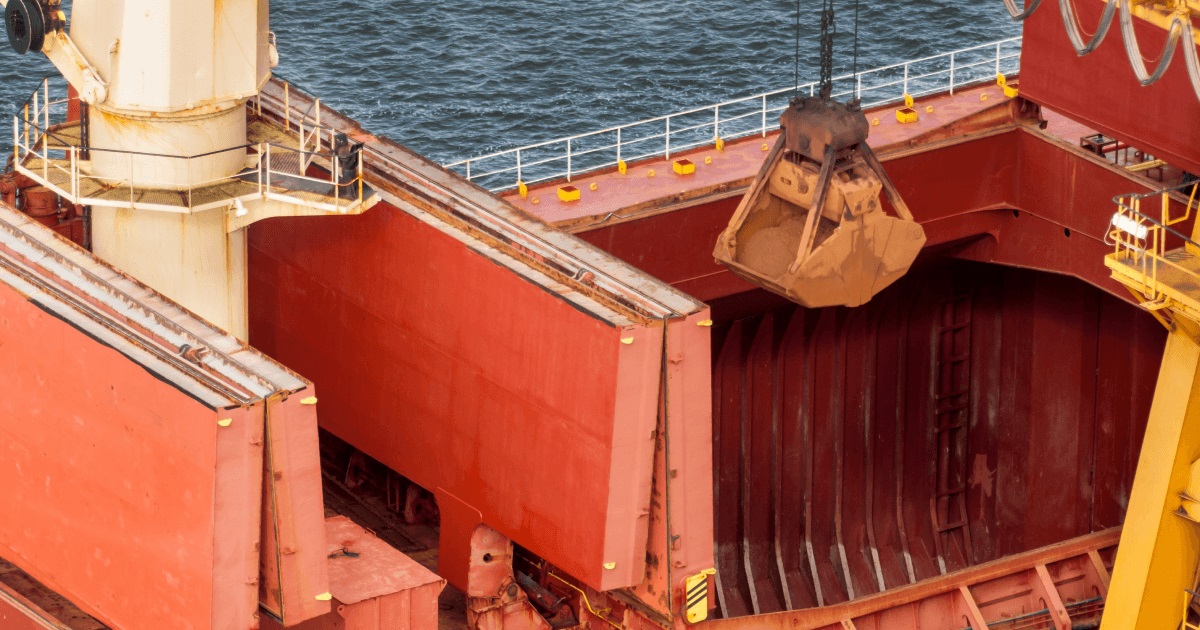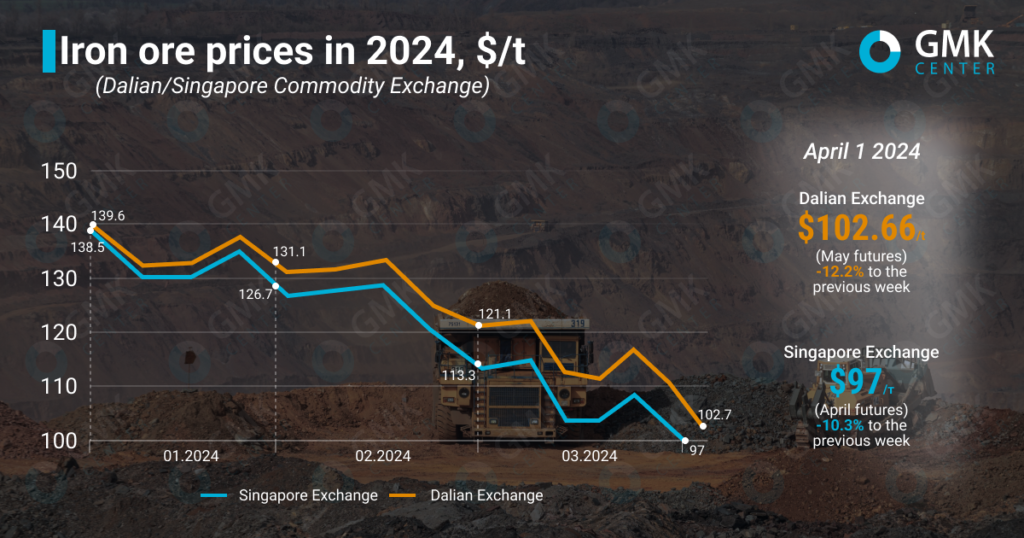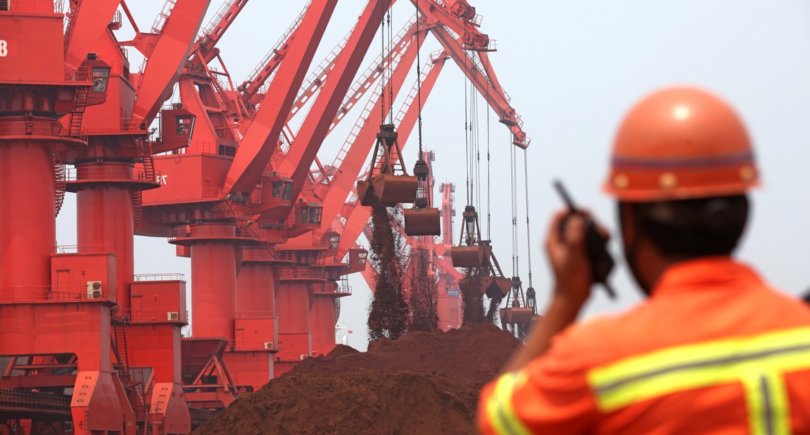
News Global Market China 4293 03 April 2024
Iron ore supply on the market exceeds demand
September futures for iron ore, the most traded on the Dalian Commodity Exchange, for the period March 25 – April 1, 2024, fell by 12.2% compared to the previous week – to 742 yuan/t ($102.66/t), according to Nasdaq.
On the Singapore Exchange, quotes for May futures as of April 1, 2024, decreased by 10.3% compared to the price a week earlier – to $97/t. Thus, commodity prices continue to fall to new lows.

In March, iron ore prices on the Dalian Exchange fell by 15.2% and on the Singapore Exchange by 14.4%, from $121.1/t and $113.3/t, respectively.
Iron ore prices gradually declined throughout the month, although the market grew slightly in the second half, followed by a sharp drop to $97-102/t. Thus, prices reached their lowest level since May 2023.
The downward trend in the iron ore market is the result of declining demand in China, the world’s largest consumer. The operations of steel mills are becoming unprofitable, forcing them to suspend production. In addition, last month the country’s authorities imposed environmental restrictions in some regions, which also affected steel production.
Despite the introduction of some economic incentives by China in March, the negative trend still prevailed in the raw materials market.
«Despite the impressively strong industrial PMI data, iron ore futures fell significantly in response to a significant surge in iron ore supplies from Australia – 3 million tons over the past week. This may be signaling to the market that mining companies’ maintenance programs in the first quarter have reached their end, and the resumption of supply will increase iron ore stocks in China’s major ports,» comments Atilla Widnell, Managing Director of Navigate.Commodities.
Imports of raw materials from Brazil are also increasing. Last week, shipments increased by 1.8%. At the same time, steel capacity utilization is also gradually increasing, but the growth rate of supply is much higher than demand.
«The fall in prices is related to China and the state of its economy. The actions of the Chinese government will determine how long the current negative trend will last and at what levels prices will stabilize,» said Andriy Glushchenko, GMK Center analyst.
In the short term, iron ore prices will stabilize as the country enters the construction season. Growth in steel consumption in China is likely to remain weak, but higher profits in the industry amid lower raw material prices are likely to boost production.
The Australian government expects iron ore prices to decline in the long term as supply increases and demand decreases. According to the country’s Department of Industry, Science and Resources, iron ore prices are expected to fall to around $68/t by 2029.




